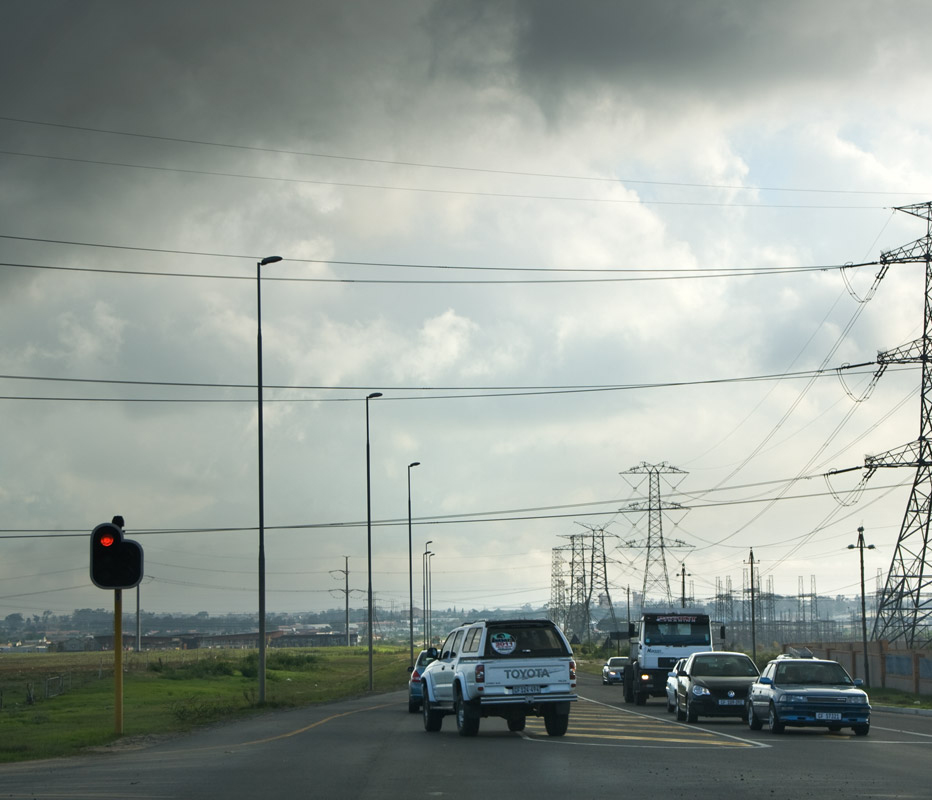South Africa’s Treasury said on Saturday it was committed to reducing constraints on the ailing economy, including chronic power shortages, hours after Fitch cut its credit rating while Standard & Poor’s changed its outlook to negative from stable.
“Government is aware that the country’s economic growth performance needs to be improved in a sustainable manner and has therefore made the resolution of the energy challenge an immediate priority,” the treasury said in a statement, Reuters said.
Fitch downgraded South Africa’s sovereign credit rating by one notch to BBB-, the lowest investment grade category, on Friday, citing the slowing economy and rising debt. It assigned a stable outlook to the rating.
The move came after Standard & Poor’s kept its own rating at BBB- but lowered the outlook to negative from stable, saying this reflected the view that economic growth might be lower than expected.
The third main ratings agency, Moody’s, rates South Africa at Baa2 after cutting it from Baa1 in November last year, citing poor prospects for medium-term growth and rising public debt. Its outlook is stable.
S&P said on Friday it expected GDP growth for Africa’s most developed but struggling economy to remain around 1.6% in 2016, and only increase above 2% from 2017 as the capacity of electricity supply improved.
Fitch also slashed its 2015 growth forecast, to 1.4% from 2.1%, and lowered the projection for next year to 1.7% from 2.3%.
In October the treasury cut its economic growth forecast for 2015 to 1.5% from the 2% predicted in February, citing domestic energy constraints and the impact of a global slowdown.
The treasury said on Saturday the government had set out a series of urgent reforms to build a more competitive economy, including investing in infrastructure, reforming the running of state owned firms and effecting labor market reforms to help avoid protracted strikes.
The government had stuck to its spending limits for the past three years and was on track to stay within the expenditure ceiling in 2015/16, it added.
“Continued revenue growth, strict adherence to the planned expenditure ceiling, as well as the proposed long-term fiscal guideline of linking government spending with long term growth are projected to result in gross debt stabilizing at 49.4% of GDP in 2018/19,” it said.


